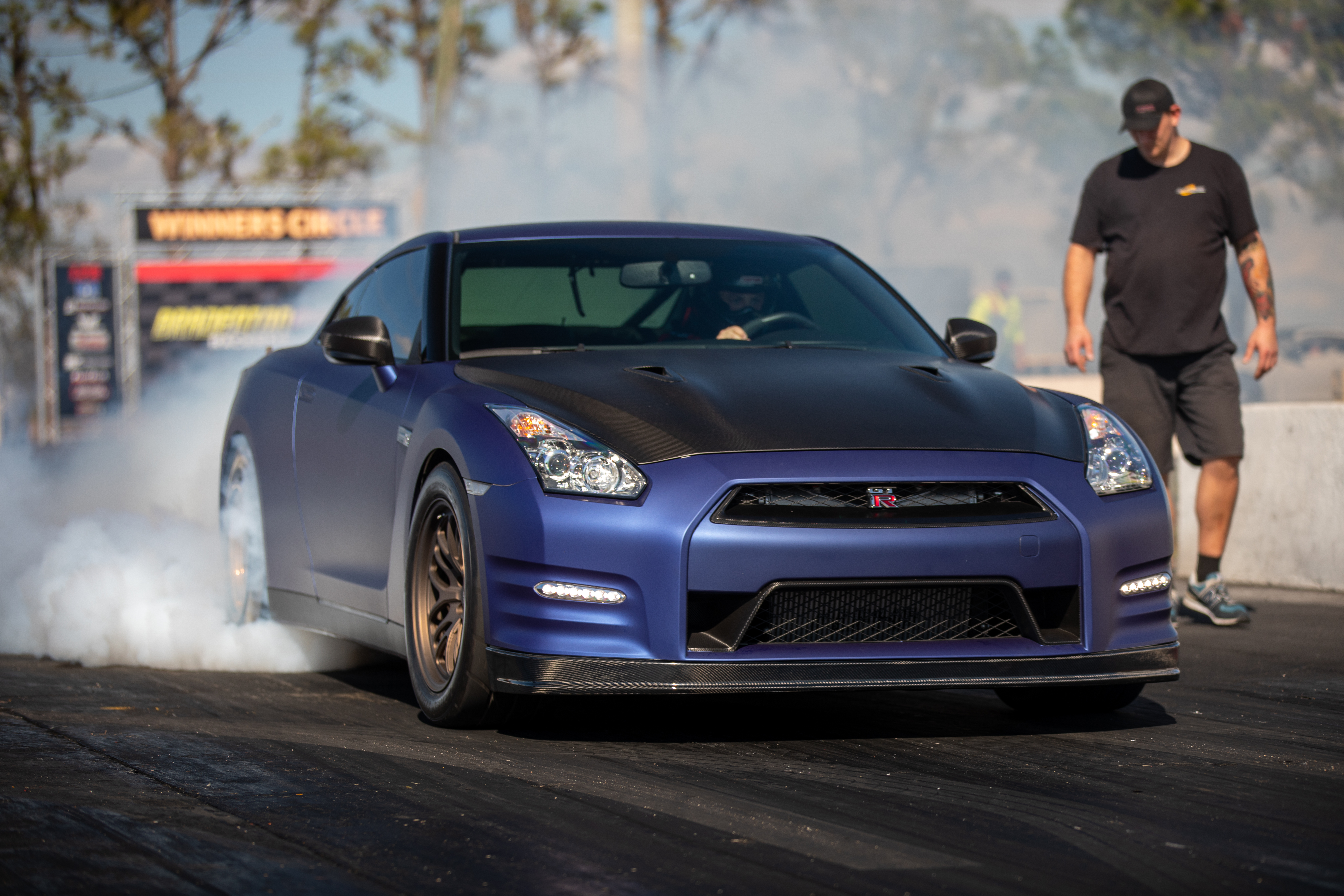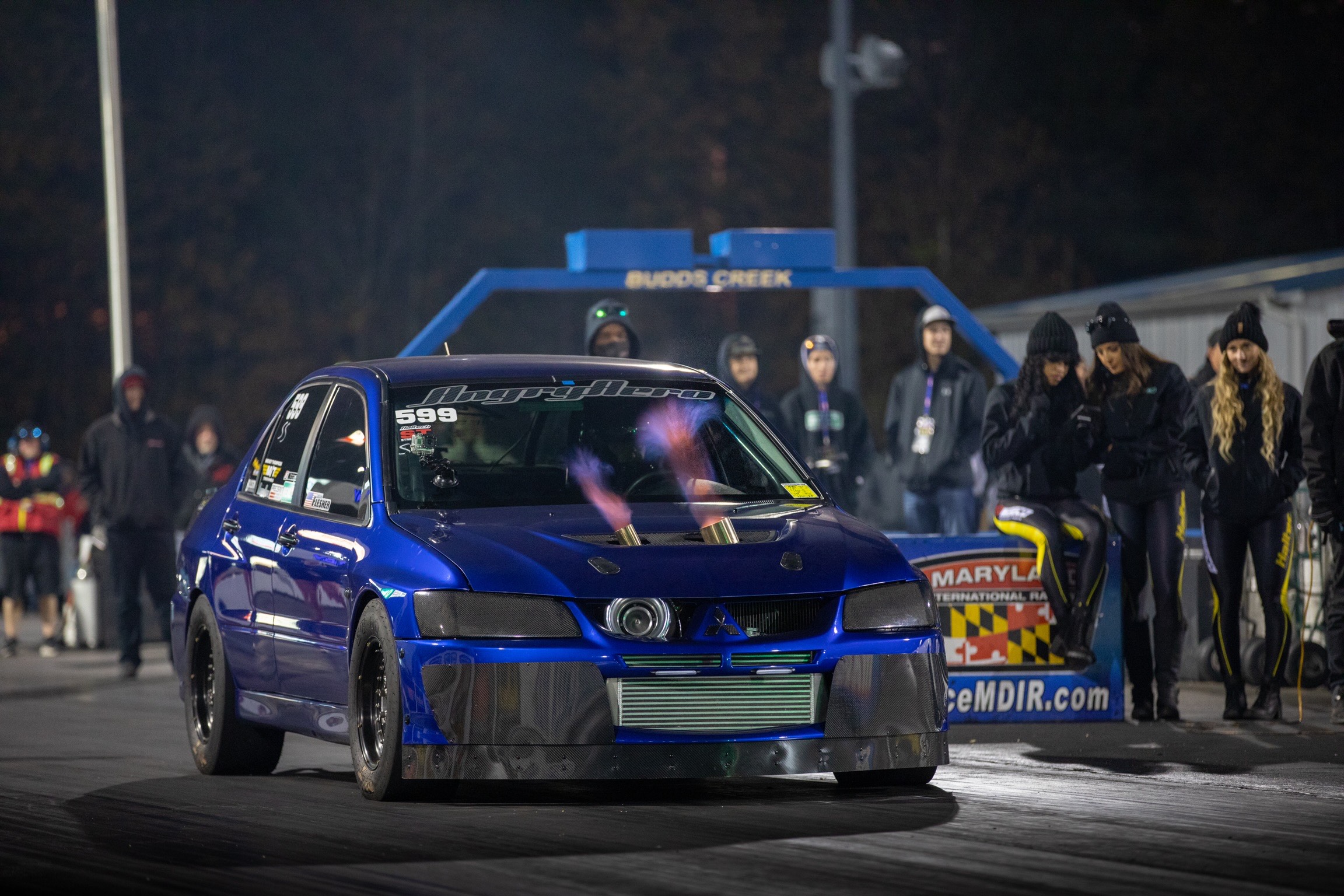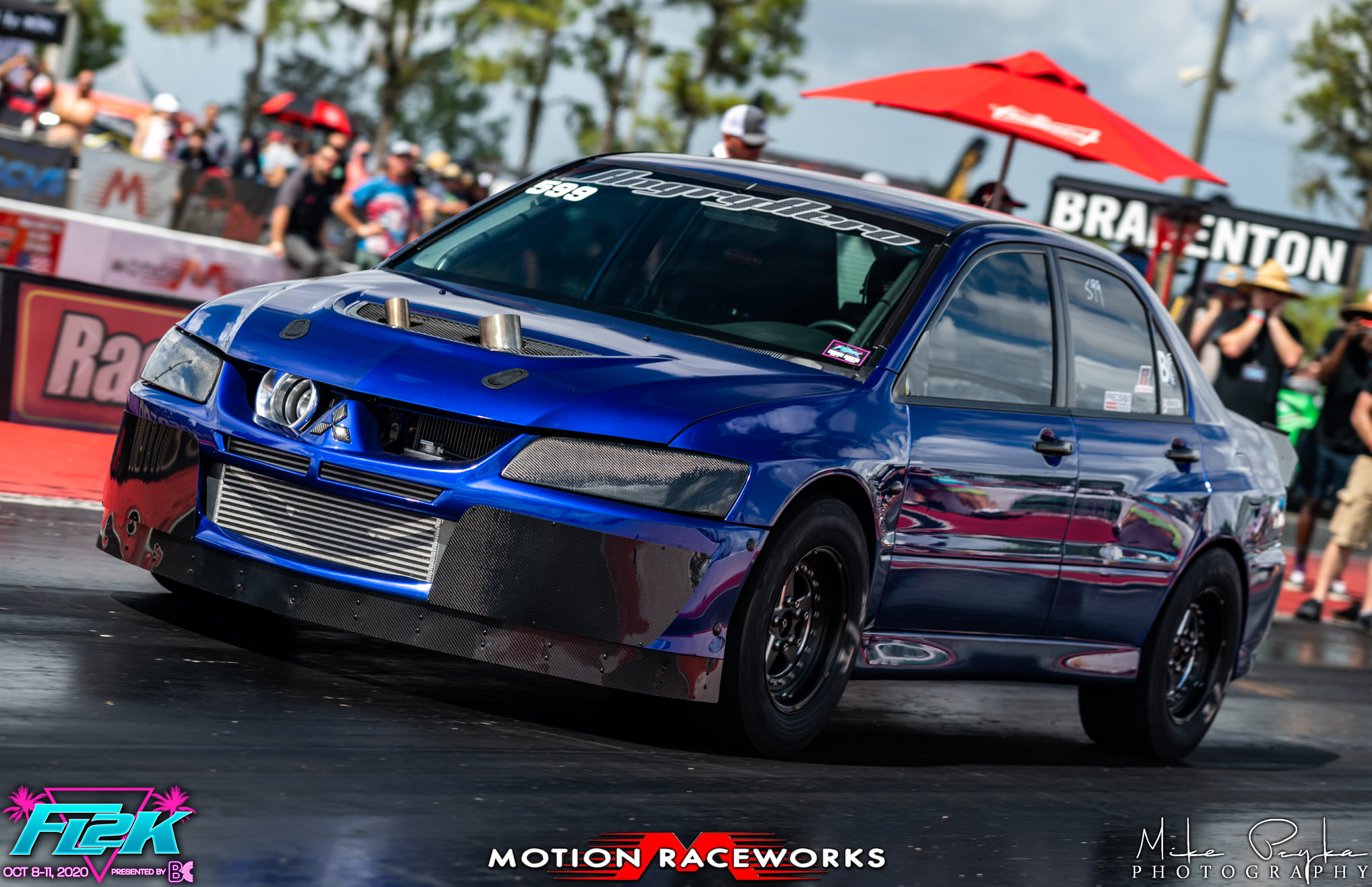Everything You Need to Know about Blow-Off Valves In Your JDM Car
Jun 29th 2022

Beginners Guide to Blow Off Valves in your JDM Car
Turbocharged JDM cars have amassed a passionate following of automotive enthusiasts, and it’s easy to see why. Not only do these cars have peppy engines from the factory that make them fun to drive, but their overall tunability makes them a dream for those who like to customize their cars. Whether you’re building a street car that might dabble with some racing or working toward a full-blown track car, the platforms offered by turbo JDM cars are a great place to start.If you're just getting into it, an aftermarket blow-off valve is one of the first few modifications you're likely to come across.
You’re probably familiar with blow-off valves (BOVs) in the sense that they’re the things responsible for the “pshhh” sound on throttle lift. But why don’t the factory JDM cars make that sound, and what’s the point of them to begin with? There can be a lot of confusion about what the purpose of BOVs is and how to optimize the BOV on your vehicle, but we at Boostin Performance are here to clear that up. First, let’s establish what BOVs do.

What Blow-Off Valves Do
In short, BOVs vent excess boost pressure on throttle lift (when you let off the gas) to protect the turbocharger from excessive and unnecessary forces. Without one, the charge air from your turbocharger would get trapped in the intake piping when the throttle plate closes, causing it to back up into the turbo. This causes compressor surge and would put excessive strain on the turbo bearings, in addition to significantly reducing the turbine speed, hampering both longevity and performance (due to the lengthened spool time). The air vented by a BOV is either vented to the atmosphere or back into the intake, the latter of which is then called a recirculation valve.

How Blow-Off Valves Work
BOVs work by using strategically placed ports around the engine that use air pressure to operate the valve. At one end, the BOV is attached to the charge piping. Conversely, a vacuum line gives a pressure reference from the space behind the throttle plate. In between those two ends is the port of the BOV that vents the excess boost when open and seals the charge pipe under load.
The critical component here is the internal valve that seals the charge pipe with pressure from a spring and diaphragm. When the engine’s turbocharger is producing boost, it pushes against the valve but also pushes against the diaphragm via the vacuum line (which now has positive pressure in it because the throttle plate is open), so the pressures are more or less equalized. The internal spring ensures the valve stays closed in these conditions.
With all this in mind, let’s clear up a common misconception and note that BOVs are decisively not used for limiting boost; they are only intended to open under intake-manifold vacuum conditions, excluding idle. Their primary function is to improve the reliability and performance of the turbocharger, but it doesn’t hurt that they sound really cool in the process.

Common Aftermarket BOV Problems In JDM Cars
Blow Off Valve Leaking at Idle
BOVs work by using strategically placed ports around the engine that use air pressure to operate the valve. At one end, the BOV is attached to the charge piping. Conversely, a vacuum line gives a pressure reference from the space behind the throttle plate. In between those two ends is the port of the BOV that vents the excess boost when open and seals the charge pipe under load.
The critical component here is the internal valve that seals the charge pipe with pressure from a spring and diaphragm. When the engine’s turbocharger is producing boost, it pushes against the valve but also pushes against the diaphragm via the vacuum line (which now has positive pressure in it because the throttle plate is open), so the pressures are more or less equalized. The internal spring ensures the valve stays closed in these conditions.
With all this in mind, let’s clear up a common misconception and note that BOVs are decisively not used for limiting boost; they are only intended to open under intake-manifold vacuum conditions, excluding idle. Their primary function is to improve the reliability and performance of the turbocharger, but it doesn’t hurt that they sound really cool in the process.
Compressor Surge in Your Evo, GT-R, Supra, or DSM Car
Another issue you may come across when upgrading your JDM car is compressor surge. Also known as turbo flutter (that stu-tu-tu sound), compressor surge is exactly the phenomenon BOVs are intended to prevent. If you have a BOV fitted and experience a compressor surge, your BOV is not working properly and is not letting off enough boost pressure, meaning air is still backing up into the turbo. To fix this, you may need to repair/replace your BOV or upgrade to a larger size. This can also be caused by an oversized BOV spring, so be sure to consult one of our team members at Boostin Performance to get your car set up with the right parts.

JDM Performance Professionals: Boostin Performance
Whether you’re in the market for a BOV to fit on your car or you’re looking for a shop that can do some custom intake piping fabrication, Boostin Performance is your one-stop shop for performance automotive parts and services. Our experienced team of performance professionals has the passion and drive to take your build to the levels you’ve been imagining. Give us a call today and let’s discuss how Boostin Performance can boost your performance.

